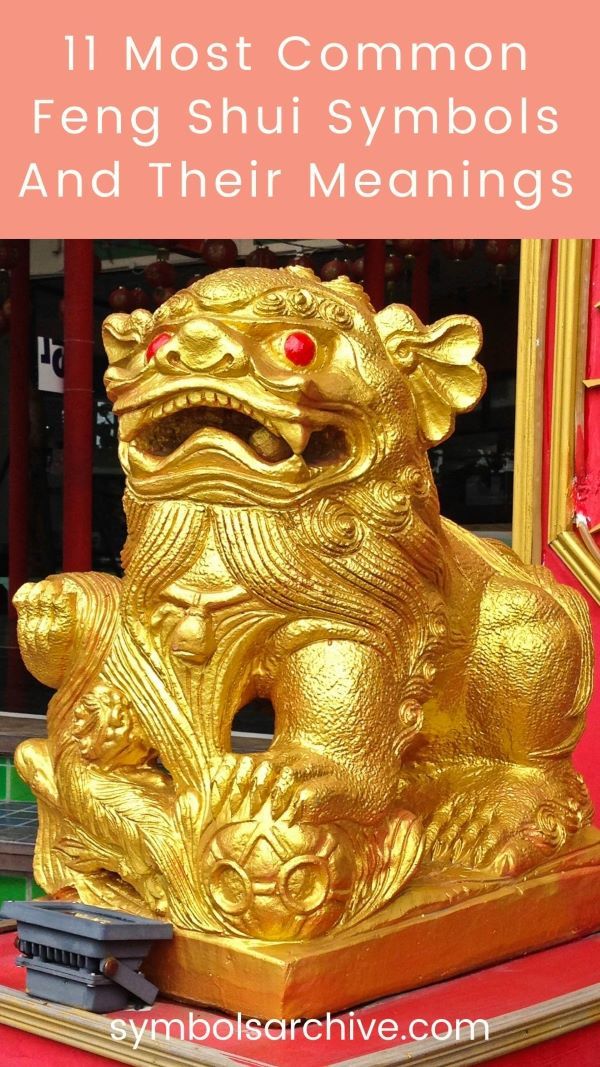11 Most Iconic Filipino Symbols And Their Meanings
Are you looking for the most iconic Filipino symbols and their meanings?
The Philippines is a southeast Asian country that boasts many famous beaches and other world-renowned natural wonders like an underground river and rice terraces, as well as amazing diving spots.
The Philippines is home to a rich culture and a deep history, unique cuisine, colorful festivals, and friendly locals considered as some of the happiest in the world. These people – the Filipinos – are proud of their heritage.
This Filipinos are known for their vibrant cultural traditions and the country is full of iconic symbols that are deeply embedded in the national spirit.
Here are 11 of the most iconic Philippine symbols.
11 Most Iconic Filipino Symbols

1. Flag of the Philippines

No symbol of any country is more powerful than the national flag. The Philippine flag is a major symbol of independence and sovereignty, and it is beloved by Filipinos everywhere.
Adopted in June 12, 1898, the national flag of the Philippines is a colorful banner that features three golden stars and a golden sun with 8 rays on a white triangle, and blue and red stripes on the right side. These features all have symbolic meanings, which are as follows:
• The three golden stars represent the country’s three major island groups or three geographical regions: Luzon, Visayas, and Mindanao.
• The golden sun symbolizes independence.
• The 8 rays of the sun represent the 8 provinces that led the Philippine uprising against the invading Spaniards.
• The white triangle is symbolic of equality, while its white color signifies peace and purity.
• The blue stripe stands for justice and patriotism.
• The red stripe symbolizes valor and the Filipino blood spilled for liberty and independence.
2. KKK (Katipunan)

KKK, which stands for Kataastaasan, Kagalanggalangang Katipunan ng mga Anak ng Bayan (“Supreme and Honorable Association of the Children of the Nation”) or simply Katipunan, was a Philippine secret revolutionary society founded in 1892 by anti-Spanish colonialist Filipinos in Manila led by Andres Bonifacio.
KKK has become a powerful symbol of the Philippine Revolution since its founding and today remains an iconic Philippine symbol that represents Filipino patriotism. The society’s primary objective was to gain independence from Spain through a revolution, which was achieved on June 12, 1898.
3. Lupang Hinirang (“Chosen Land”)

The national anthem of the Philippines is a stirring and patriotic song that was composed in 1898 by
Informally known in the Philippines by its inicipit“Bayang Magiliw” (“Beloved Country”), the lyrics of “Lupang Hinirang” were adopted from the poem “Filipinas,” written in Spanish by Filipino poet and soldier José Palma in 1899. Its music was composed by Julián Felipe a year earlier.
4. Juan Tamad
Juan Tamad – Filipino for “Lazy John” – is a Philippine folklore character noted for his extreme laziness. He is usually depicted in stories and illustrations as a child or a young man whose utmost laziness leads to the point of stupidity.
In most interpretations, Juan Tamad is seen as wearing a native hat, lying beneath a guava tree bearing ripe fruits, waiting for the fruits to fall into his gaping mouth because he is too lazy to climb the tree and take them.
Juan Tamad has become a Filipino symbol for laziness, procrastination, and complacency – traits that though appear to be Filipino were always renounced and shunned by many Filipinos.
5. Lola Basyang
“Lola Basyang” (“Old Basyang” or “Grandma Basyang”) is the pseudonym used by Severino Reyes, the Father of the Tagalog zarzuela, when he wrote fairy-tale adventures that contributed significantly to Philippine lore and children’s literature.
“Lola Basyang” is based on a real person by the name of Gervasia Guzman de Zamora, who told stories to her grandchildren gathering around her.
Lola Basyang was important in the formation of the Philippine national identity as “her” tales carry on a tradition of appropriation and recreation.
Old Basyang is an iconic symbol in the Philippines that every child in the past generations adored.
6. Sarimanok

Traditionally placed on the top of an umbrella owned by a Sultan or other dignitaries, the Sarimanok is a Filipino symbol that signifies good fortune. They say that whoever catches this bird is going to receive good luck.
The word “Sarimanok” means “bird of assorted colors.” It comes from the Filipino (Tagalog) word “sari” which means “various” or “assorted” and “manok” meaning “bird” or “chicken.”
This mythical bird is part of the southern Philippines’ Maranao art, depicted as holding a fish in its beak or talons with colorful wings and tail.
7. Bahay-Kubo (Nipa Hut)

A bahay-kubo – or nipa hut – is an icon of Philippine culture depicting the Filipino value of bayanihan, or the spirit of collective unity.
The Filipino term bahay-kubo roughly translates to “country house” or “field hut.” In English, it is often referred to as “nipa hut” – from the nipa or anahaw thatching materials used for the roofs, although not every bahay-kubo is a hut or uses nipa materials.
Bahay-kubo, or simply kubo, is the traditional Filipino house and the national shelter of the Philippines.
8. Rizal Monument

The Rizal Monument was built to commemorate the execution of Filipino nationalist, José Rizal, in a park in Manila also named after him. It is the most widely recognized symbol of the Philippine capital.
The monument features a bronze sculpture of Rizal holding his two famous novels Noli Me Tangere (“Touch Me Not”) and El Filibusterismo (“The Subversive,” published in English as The Reign of Greed). The sculpture with an obelisk is set on a stone base within which the Filipino patriot and martyr’s remains are interred. It also features three stars and other figures at the back.
The obelisk is said to symbolize Rizal’s masonic background. The three stars represent the three major geographical regions of the country: Luzon, Visayas, and Mindanao. Figures of leaves, pots, and other items at the back of the monument are said to symbolize the Philippines’ natural resources. The figure of the mother rearing her child beside Rizal symbolizes family, while that of two young boys reading denotes education.
The Rizal Monument was originally titled Motto Stella, which is Latin for “guiding star.”
9. Chocolate Hills

The Chocolate Hills are a famous tourist attraction found in Bohol, a province in the Visayas. There may be as many as 1,776 of these famous “chocolate” hills, which are dome- or cone-shaped mounds covered in grass that turns brown during the dry season, hence the name.
Featured in the provincial flag and seal of Bohol to signify its abundance of natural attractions, the Chocolate Hills are an iconic symbol of the Philippines used in many tourism advertisements and postcards.
10. Mabuhay
One of the most popular Philippine symbols that every foreigner visiting the Philippines will encounter is “mabuhay,” which is a greeting used to welcome foreign visitors. This is also used to express good wishes.
As an exclamation, the Filipino word “mabuhay” is used similar to “banzai” in Japanese, “¡Viva!” in Spanish, and “Vive!” in French. It translates to English as “long live.”
“Mabuhay” has come to symbolize hospitality in the Philippines, as it is used mostly in welcoming guests of foreign nationalities.
11. Philippine Jeepney

A very popular Filipino symbol, jeepney is the undisputed “King of the Road” in the Philippines. It is the most common mode of public transportation in every part of the country, usually painted with bright colors and embellished with gaudy trinkets.
Commonly called “jeep,” this truly iconic Filipino vehicle can accommodate up to an average of 180 passengers.
The Philippine jeepney is a post-World War II innovation that has become quite a well-recognized cultural symbol of the country.






